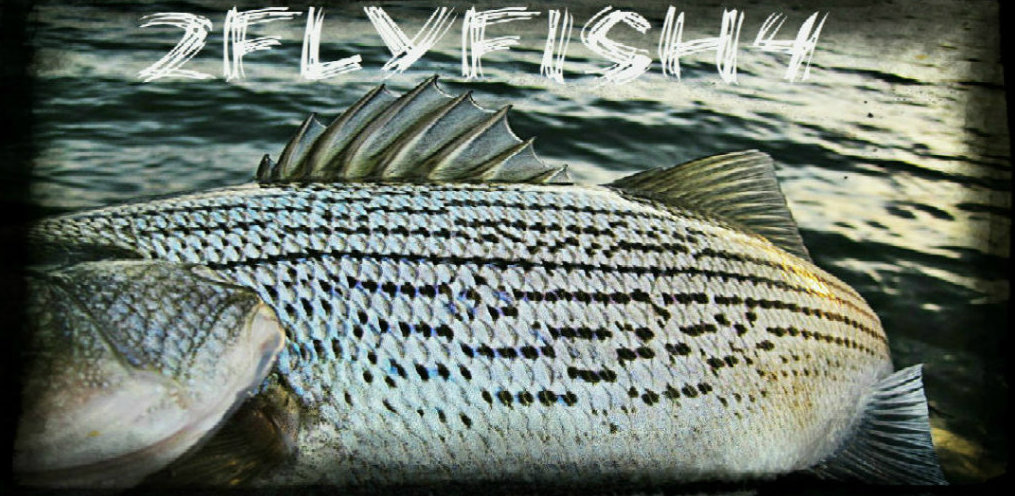The sunfish family is probably the single most species of
fish responsible for getting new anglers started in fishing. Sunfish, bream or
panfish is a common collective name to refer to the many species that make up
the sunfish family. Sunfish refers to a whole group of small fish that are
pretty, plentiful and pugnacious. They aren’t the biggest fish but as they say
it’s not the size of the fish in the fight that counts; it’s the size of the
fight in the fish. Fishing for these guys is a ball on a slow fly rod like a
TFO 3wt Finesse or your favorite glass rod. Sunfish are deep-bodied, which
gives them a lot of surface area to leverage against the water during a fight and
with their flat, slender bodies and fins they can accelerate and change
direction quickly. The best thing about fishing for sunfish is you only need
the most basic equipment. A 2, 3 or 4 weight fly rod is ideal, a click pawl
reel and a standard weight forward floating line. Fly rods can be 6-9 foot
because rarely will you be casting pass a few rod lengths. A medium to slow rod
will be the most sporting and will allow these feisty fish to put a good bend
into the cork of the rod. A very basic eight foot leader in 4x tipped with the
most popular fly in the world a wooly bugger. Olive, black or brown wooly
buggers in size 10-14 will catch gills all day long. Very rarely are these fish
picky on flies and when you find a few dozen of them on their classic honey
comb beds; it’s a rear occasion to not get a hit after two or three strips. Sunfish
are found everywhere, from small creeks, neighborhood ponds, lakes, rivers and
don’t pass up some of the small landscaping ponds found around shopping malls,
banks and other suburban areas. Spawning from late spring to early fall these
fish will populate any body of water they live in rather quickly. The best time
to find the biggest females is the days leading up to the full moon. This is
when they move up to spawn and can be target quiet easily on a fly rod. Typically
these bigger fish will only be up in the shallows at night and at grey light.
You’ll catch fish all day long on the beds but if you are looking for
Bullgills, it is best to come back during the night to target these fish.
Bullgills are the biggest of the bluegills and will break 10” and weigh over a
pond. The current Texas state record bluegill is just over 2lbs and was caught in
the Lampasas River in 1999. There are many private bass ponds where these fish
are fed high protein pellets several times a day and for the private water
record in Texas the current record is over 3lbs. I’m sure many have been caught
even bigger but the bluegill in these ponds are meant to grow big bass and
probably don’t get much consideration for anything else.
Loving to chase big Bullgills on the flyrod found myself
this morning well before daylight at some of my local haunts. Making a quick
recon trip earlier in the week to locate some beds and check water clarity from
the almost daily rains I had located some fish and a plan was set. The
simplicity of showing up to the waters edge and catching fish without having to
think about what fly to use, what depth the fish are at and what presentation
are the fish going to key in on today is what makes sunfish such a great change
of pace. It wasn’t long before I had the first fish to hand, and for the
remainder of the day the action never really let up. Sunfish and their various
relatives are the gateway species that lead me into this great world of sport
fishing; which at times could probably be referred to as more of an addiction than a hobby.
And for that they I will always love these simply fish.
How many fish do you see?
Night time is the right time for Bullgills.
Longears are easily the prettiest of the
Sunfish family.
A few tips on locating beds is to look for them around old road beds, bridges and in corners of ponds. The fish typically like to spawn on gravel or rock. Flies can be as simply as a wooly bugger or as extreme as an articulated damsel fly nymph. A very simply and effective fly for sunfish is a wooly bugger without the hackle. Just take a size 10 or 12 hook, tie in a marabou tail and wrap the hook shank with chenille. The fish will generally be spawning in 1-2 feet of water so a slow sinking fly works best. If the fish aren't overly aggressive you can suspend the fly under an indicator and slowly twitch the fly to draw a strike. Another effective technique is to use a trailer fly. I like to use a small soft hackle fly in size 12-14 trailed a foot or so behind my primary fly.



